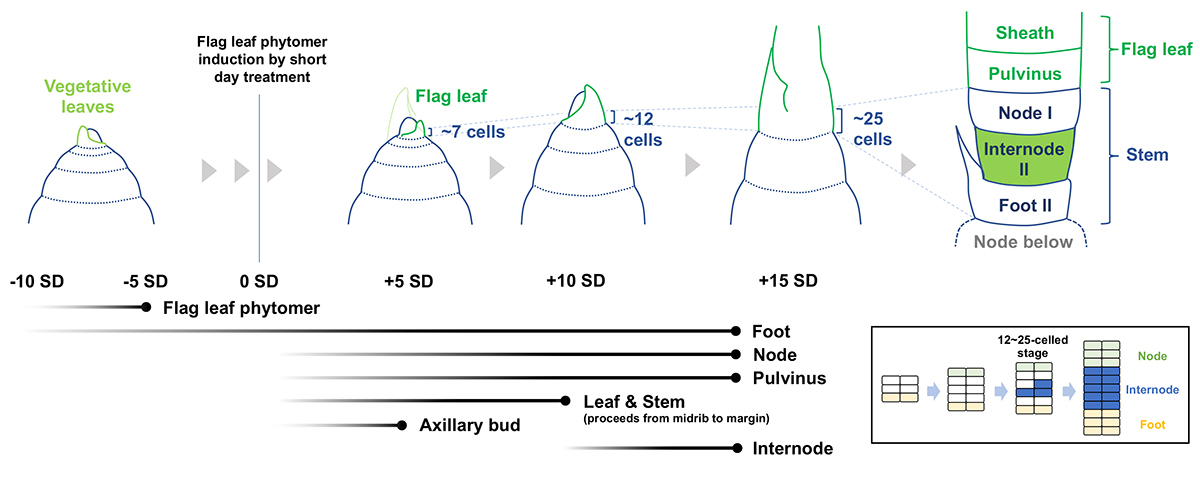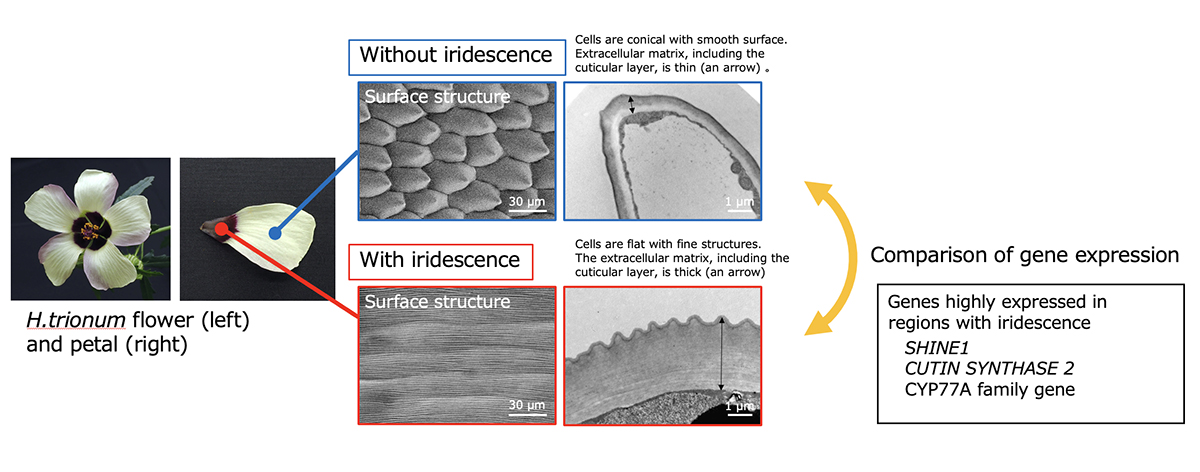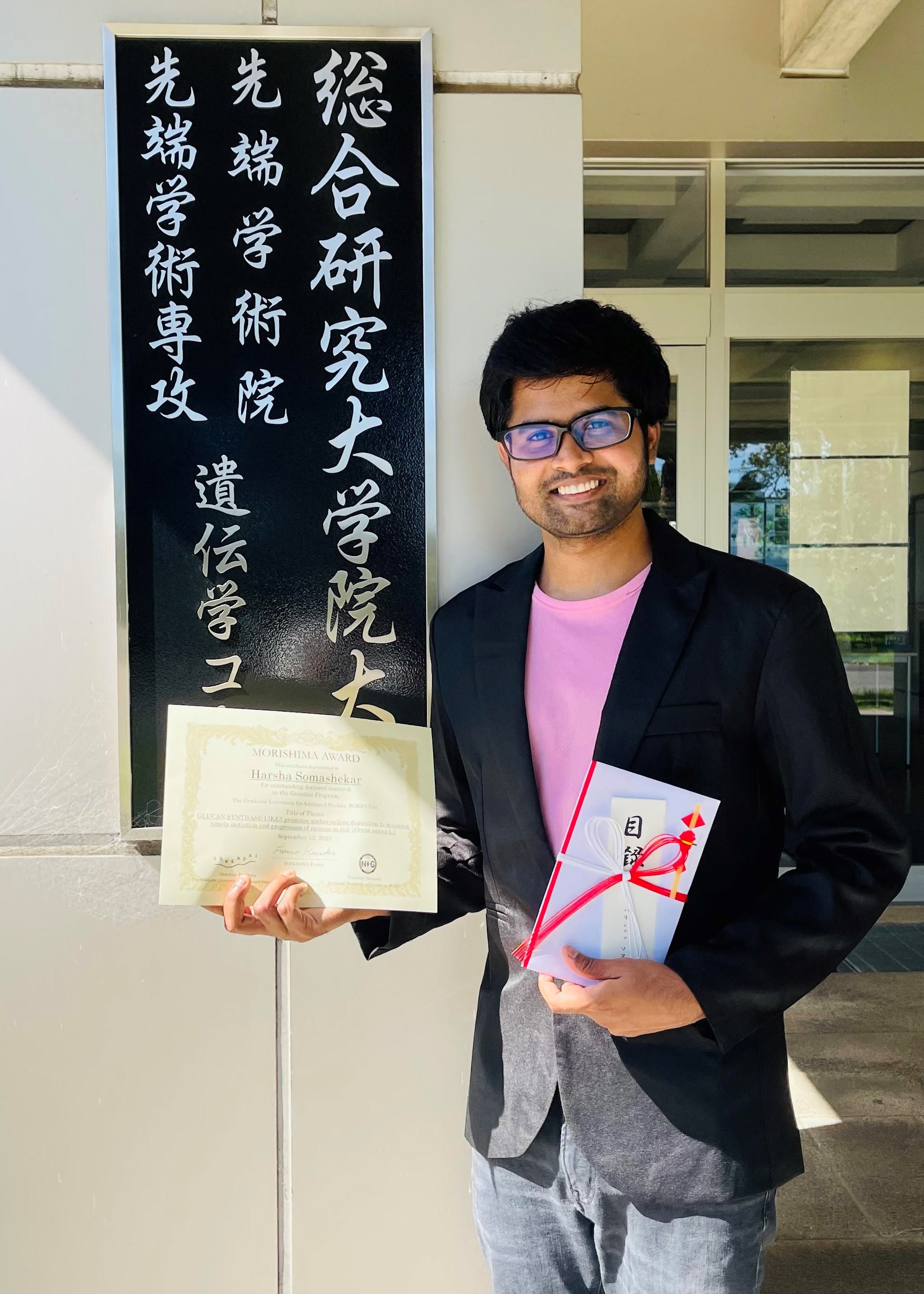Archive
- Home
- December 2025
- November 2025
- October 2025
- September 2025
- August 2025
- July 2025
- June 2025
- May 2025
- April 2025
- March 2025
- February 2025
- January 2025
- December 2024
- November 2024
- October 2024
- September 2024
- August 2024
- July 2024
- June 2024
- May 2024
- April 2024
- March 2024
- February 2024
- January 2024
- December 2023
- November 2023
- October 2023
- September 2023
- August 2023
- July 2023
- June 2023
- May 2023
- April 2023
- March 2023
- February 2023
- January 2023
- December 2022
- November 2022
- October 2022
- September 2022
- August 2022
- July 2022
- June 2022
- May 2022
- April 2022
- March 2022
- February 2022
- January 2022
- December 2021
- November 2021
- October 2021
- September 2021
- August 2021
- July 2021
- June 2021
- May 2021
- April 2021
- March 2021
- February 2021
- January 2021
- December 2020
- November 2020
- October 2020
- September 2020
- August 2020
- July 2020
- June 2020
- May 2020
- April 2020
- March 2020
- February 2020
- January 2020
- December 2019
- November 2019
- October 2019
- September 2019
- August 2019
- July 2019
- June 2019
- May 2019
- April 2019
- March 2019
- February 2019
- January 2019
- December 2018
- November 2018
- October 2018
- September 2018
- August 2018
- July 2018
- June 2018
- May 2018
- April 2018
- March 2018
- February 2018
- January 2018
- December 2017
- November 2017
- October 2017
- September 2017
- August 2017
- July 2017
- June 2017
- May 2017
- April 2017
- March 2017
- February 2017
- January 2017
- December 2016
- November 2016
- October 2016
- September 2016
- August 2016
- July 2016
- June 2016
- May 2016
- April 2016
- March 2016
- February 2016
- January 2016
- December 2015
- November 2015
- October 2015
- September 2015
- August 2015
- July 2015
- June 2015
- May 2015
- April 2015
- March 2015
- February 2015
- January 2015
- December 2014
- November 2014
- October 2014
- September 2014
- August 2014
- July 2014
- June 2014
- May 2014
- April 2014
- March 2014
- January 2014
- December 2013
- November 2013
- October 2013
- September 2013
- August 2013
- July 2013
- June 2013
- May 2013
- April 2013
- March 2013
- February 2013
- January 2013
- December 2012
- November 2012
- October 2012
- September 2012
- August 2012
- July 2012
- June 2012
- May 2012
- April 2012
- March 2012
- February 2012
- January 2012
- December 2011
- November 2011
- October 2011
- September 2011
- August 2011
- July 2011
- June 2011
- May 2011
- April 2011
- March 2011
- February 2011
- January 2011
- December 2010
- November 2010
- October 2010
- September 2010
- August 2010
- July 2010
- June 2010
- May 2010
- April 2010
- March 2010
- February 2010
- December 2009
- November 2009
- October 2009
- September 2009
- August 2009
- July 2009
- June 2009
- May 2009
- April 2009
- March 2009
- February 2009
- January 2009
- December 2008
- November 2008
- October 2008
- September 2008
- July 2008
- June 2008
- May 2008
- April 2008
- March 2008
- February 2008
- January 2008
- December 2007
- November 2007
- October 2007
- September 2007
- August 2007
- July 2007
- June 2007
- March 2007
- February 2007
- January 2007
- December 2006
- November 2006
- October 2006
- September 2006
- July 2006
- June 2006
- May 2006
- April 2006
- January 2006
- June 2005
- May 2005
- April 2005
- February 2005
- December 2004
- November 2004
- October 2004
- August 2004
- July 2004
- June 2004
- May 2004
- February 2004
- January 2004
- December 2003
- August 2003
- July 2003
- June 2003
- May 2003
- March 2003
- January 2003
- December 2002
- October 2002
- May 2002
- April 2002
- February 2002
- January 2002
- August 2001
- May 2001
- April 2001
- February 2001
- August 2000
- July 2000
Heat-shock inducible clonal analysis reveals the stepwise establishment of cell fates in the rice stem
Press release
Nonomura Group / Plant Cytogenetics Laboratory
Technical Section/ Cell Architecture Laboratory
Heat-shock inducible clonal analysis reveals the stepwise establishment of cell fates in the rice stem
Katsutoshi Tsuda, Akiteru Maeno, and Ken-Ichi Nonomura
Plant Cell 2023 Sep 27 DOI:10.1093/plcell/koad241
![]() Press release (In Japanese only)
Press release (In Japanese only)
The stem, composed of nodes and internodes, is the axis of shoots commonly seen among seed plants and is the most important target for regulating plant height in breeding practice. It is produced from the shoot apical meristem as a phytomer unit, along with the adjacent leaves and axillary buds. However, compared to other major organs such as leaves, roots, and flowers, our understanding of stem development has lagged far behind. Katsutoshi Tsuda, Akiteru Maeno, and Kenichi Nonomura at the National Institute of Genetics, Research Organization of Information and Systems, have defined the rice stem structure and described the developmental process using various approaches including micro CT. They also established a heat-shock inducible clonal analysis system and analyzed how cell fate establishment occurs for each organ during the development of the phytomer, which consists of the leaf, stem, and axillary bud. They found that cell fate establishment proceeds in a stepwise manner. First, cell fates for the phytomer are established prior to its initiation. Then, the emergence of cells that are destined for node splits of leaf and stem fates. Subsequently, the fate for the axillary bud fate is established. Finally, cell fate determination to the internodes occurs in a limited number of cells. This study clarified the key events and their chronological sequence in stem development, which had been unknown for a long time. It is expected to provide a basis for further research at the molecular level, which will lead to the improvement of stem traits for the design of ideal crops in the future.

Figure: The temporal order of cell fate acquisition in the rice stem. The fate of the flag leaf phytomer is established 10 to 5 days prior to its initiation. Fates for non-elongating domains such as foot II, node I, and the pulvinus start being established earlier than elongating domains. Internode II is the last part of the stem whose cell fate determination starts. It is likely to originate from a very limited number of cells between node I and foot II (inset). Black gradient lines at the bottom left show the start (left) and end (right) of cell fate establishment. Stages at which the founder cells are fully present are indicated by dots at the end of black lines.
Genome and transcriptome analyses reveal genes involved in the formation of fine ridges on petal epidermal cells in Hibiscus trionum
Arita Group / Biological Networks Laboratory
Genome and transcriptome analyses reveal genes involved in the formation of fine ridges on petal epidermal cells in Hibiscus trionum
Shizuka Koshimizu*, Sachiko Masuda, Arisa Shibata, Takayoshi Ishii, Ken Shirasu, Atsushi Hoshino, Masanori Arita
* Corresponding author
DNA Research 2023 Sep 11 DOI:10.1093/dnares/dsad019
Hibiscus trionum, commonly known as the ‘Flower of an Hour’, is an easily cultivated plant in the Malvaceae family, widespread in tropical and temperate regions, including drylands. The purple base part of its petal exhibits structural color due to the fine ridges on the epidermal cell surface, and the molecular mechanism of ridge formation has been actively investigated. We performed genome sequencing of H. trionum using a long-read sequencing technology with transcriptome and pathway analyses to identify candidate genes for fine structure formation. The ortholog of AtSHINE1, which is involved in the biosynthesis of cuticular wax in Arabidopsis thaliana, was significantly overexpressed in the iridescent tissue. In addition, orthologs of AtCUS2and AtCYP77A, which contribute to cutin synthesis, were also overexpressed. Our results provide important insights into the formation of fine ridges on epidermal cells in plants using H. trionum as a model.
This study was conducted by a collaborative research group comprising the National Institute of Genetics (Shizuka Koshimizu and Masanori Arita), RIKEN (Sachiko Masuda, Arisa Shibata, and Ken Shirasu), Arid Land Research Center, Tottori Univ. (Takayoshi Ishii), and National Institute for Basic Biology (Atsushi Hoshino).
This work was supported by JSPS KAKENHI grants to KS (20H05909), JST ACT-X grant to SK (JPMJAX21B6), a grant from Sapporo Bioscience Foundation to SK, and NIBB Collaborative Research Program to SK (20-341, 21-223, 22NIBB308, and 23NIBB314).
Reference
Moyroud, E., Wenzel, T., Middleton, R., et al. 2017, Disorder in convergent floral nanostructures enhances signalling to bees. Nature (2017) 550, 469–474.

Figure: H. trionum flower and comparison of the surface structures
Mr. Harsha Somashekar (Plant Cytogenetics Laboratory) received the Morishima Award

On September 12, 2023, Mr. Harsha Somashekar (Plant Cytogenetics Laboratory, Nonomura Laboratory) received the Morishima Award from the Genetics Program, SOKENDAI. The Morishima Award is given to students in the Genetics Program to honor their outstanding performances during PhD studies and to encourage further achievements.
・Harsha Somashekar (Plant Cytogenetics Laboratory)
thesis title : GLUCAN SYNTHASE-LIKE5 promotes anther callose deposition to maintain timely initiation and progression of meiosis in rice (Oryza sativa L.)















